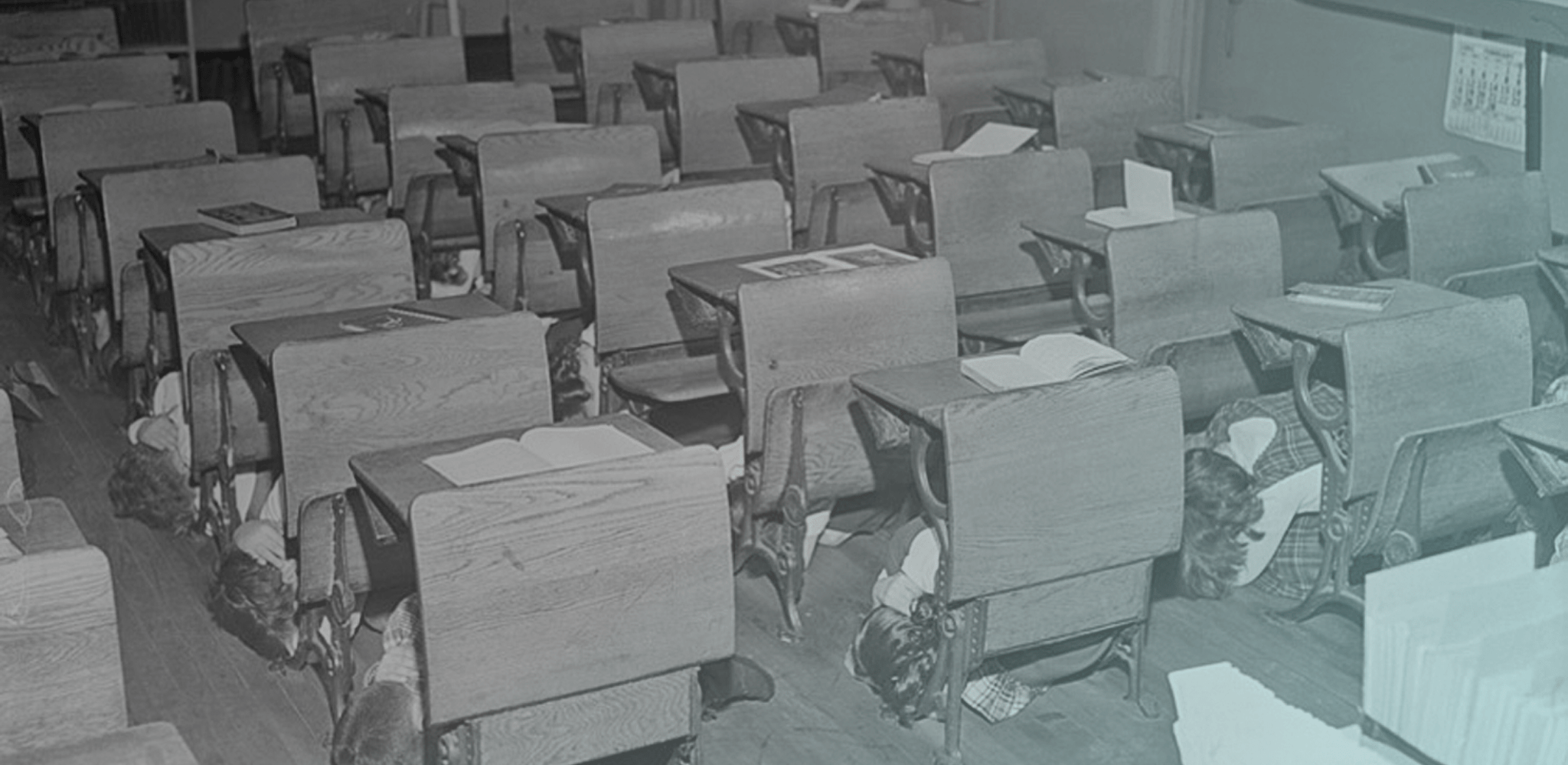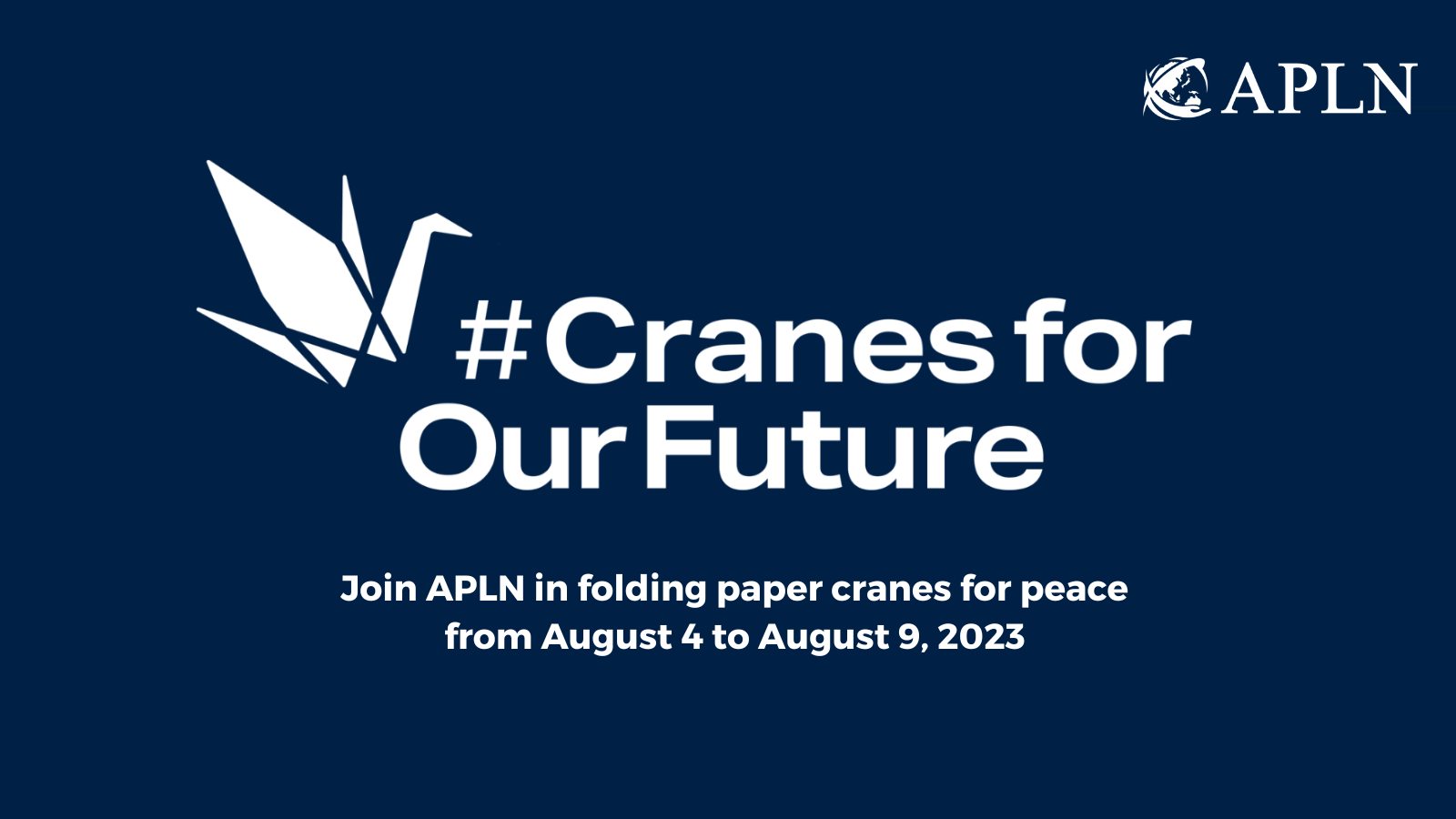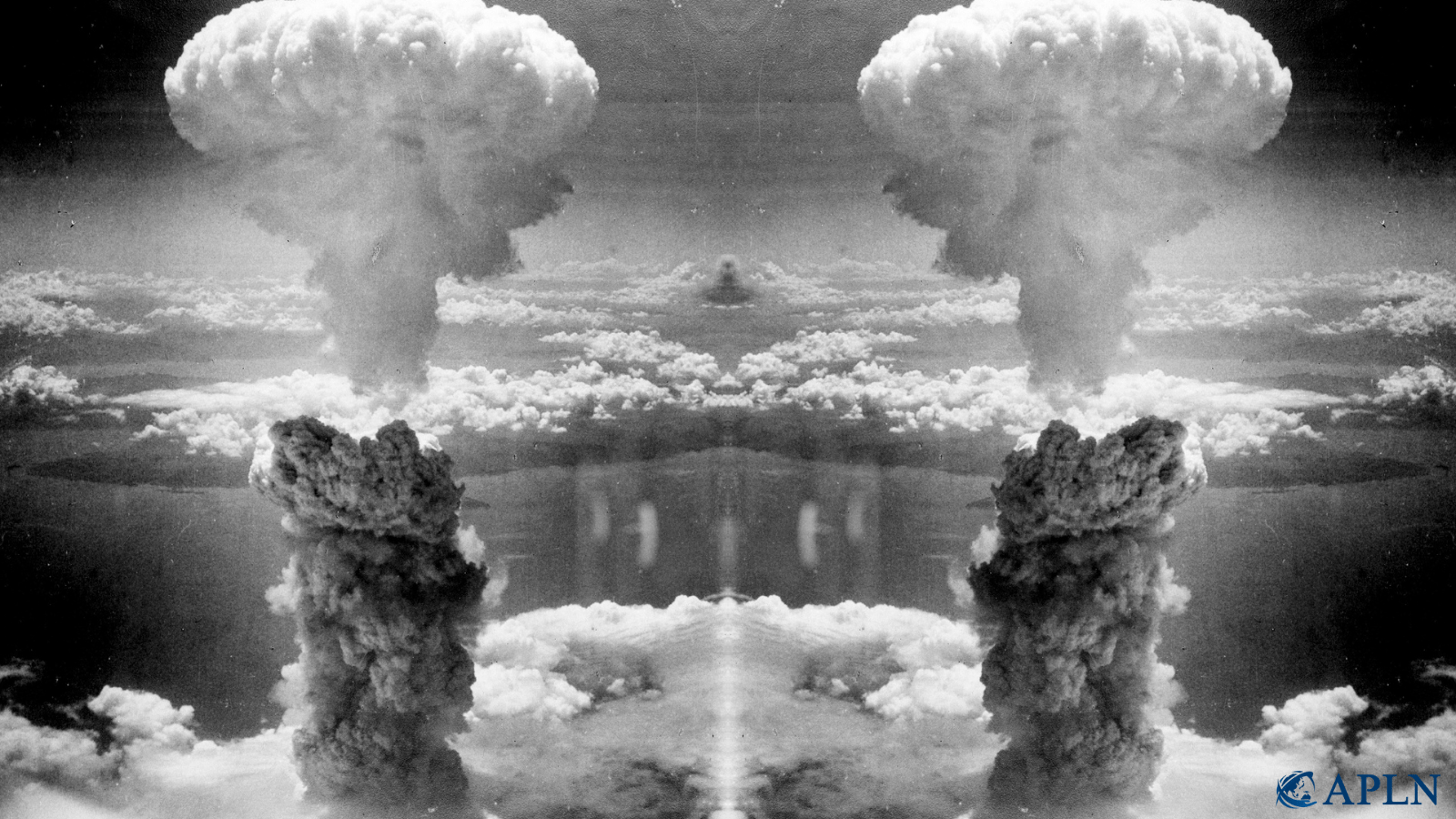Nuclear Education as a Way to Prevent Another Hiroshima and Nagasaki
On the anniversaries of the atomic bombings of Hiroshima and Nagasaki, APLN posed a question to its network: how can we ensure that they do not happen again? In the backdrop of the nuclear noise that has persisted since the start of the Russia-Ukraine conflict more than 500 days ago, and the evident modernisation and expansion of nuclear arsenals in all nuclear-armed states, the question has a new urgency. In any case, its pertinence has been evident over the last decade as numbers of nuclear warheads have grown. Strategies and postures have become more risk-accepting and leaders more risk-averse. Nations have drawn apart on nuclear disarmament and non-proliferation issues, guardrails have eroded, and new technologies are making an appearance. There is a general feeling of nuclear permissiveness in the air. How, then, in spite of all this, can the norm of nuclear non-use be sustained?
In response to our question, interesting and thoughtful answers came our way. These varied from the very broad “ensure verifiable denuclearisation by all nations” to the more specific “formulate a multilateral anti-ballistic missile treaty”. However, one underlying theme that appeared to anchor many responses was the need for non-proliferation and disarmament education. Many respondents pointed out that there is a dire need to raise awareness of the consequences of nuclear weapons use. This knowledge should be made available to the widest possible constituencies, especially the youth and the political leadership across nations.
Indeed, the horrors of Hiroshima and Nagasaki are not part of our collective popular imagination today. Gone are the days of the Cold War, when populations of the two blocs were made to undergo regular nuclear drills, where sirens blared, and everyone ducked for cover. Homes, offices, schools, and hospitals then had bunkers with elaborate guidelines on how the nuclear shelters should be equipped to sustain lives in case mushroom clouds went up. Additionally, novels, movies and TV documentaries depicted what “the day after” would look like. The fear of a nuclear war was alive in the consciousness of the people.
Thirty years since the end of the Cold War, thankfully at one level, these experiences are only memories. The millennials and Gen Z have little to no recollection of that time. Consequently, the perceived sense of danger of nuclear war has also become a subject confined to the elite security conclaves in all nuclear-armed nations, devoid of popular participation. This is clearly not an ideal situation. On matters that implicate the existence of nations, regions, and the globe, is it not essential that there be a wider security consciousness that can temper national choices and create the much-needed checks and balances?
In fact, it is interesting and rather ironic that even as the sense of nuclear risk to normal people’s lives has receded, the nuclear risk itself has actually grown. The weapons are now available to more countries and there are more adversarial relationships between nuclear-armed countries. It is also a matter of worry that not only are hibakusha – the survivors of nuclear weapons – fewer in numbers today, but so are the numbers of nuclear experts, arms control careerists, leaders, and strategists who lived through the Cold War experience. In another few years, the future generations will have none to narrate to them on how it was to have lived in those decades succeeding the use of the nuclear weapons and the kinds of measures that were crafted to manage the nuclear risks.
It is for this reason that education on nuclear issues matters . The United Nations Office on Disarmament Affairs (UNODA) has been engaged in such activities with the youth. In one of its recent initiatives, it teamed up with the government of Japan to institute the Youth Leader Fund for a World Without Nuclear Weapons. A cohort of future leaders from across the world, currently in the age group of 18 to 29 years, will be exposed to nuclear non-proliferation, arms control, and disarmament issues. Several such iterative measures are needed to provide such education to a substantive number. It should not be forgotten that 40% of the world’s population today is under the age of 25. This is a huge constituency and if well-versed in the risks of nuclear weapons it could become an impactful force.
Meanwhile, besides, and perhaps more than the structured education in schools and colleges, it is the popular medium in its myriad forms today that can raise general awareness of the horrors that accompany nuclear weapons. The movie Oppenheimer, for instance, has contributed to starting conversations on nuclear issues in school playgrounds, college campuses and noisy pubs. Hopefully, these have also penetrated the discourse of political leaders and into the corridors of those who make the decisions. Even so, more such efforts are needed to shake public apathy and political complacency and foster a better understanding of the full range of physical, economic, social, political, health, environmental, and psychological effects of nuclear weapons.
Of course, it would be naïve to believe that change in thinking about nuclear weapons could happen overnight. But education, through many media platforms, can lead to better awareness, which in turn, could help galvanise actions in, at least, three ways: compel leaders to rationalise their weapon requirements; force nations to find ways of reducing nuclear risks; and gradually pave the path towards the elimination of nuclear weapons.
A media blitz that ignites popular imagination over the next three years may bring us to a different perch by the time we commemorate the 80th anniversary of the atomic bombings. It’s a path worth exploring.
About the Author
Dr. Manpreet Sethi is senior research adviser of the Asia-Pacific Leadership Network for Nuclear Non-proliferation and Disarmament (APLN). She is also a distinguished fellow of Centre for Air Power Studies, New Delhi. She is author/co-author/editor of nine books and over 120 academic papers. She is a recipient of the prestigious K Subrahmanyam award and commendations by Chief of Air Staff, Indian Air Force, and head of Strategic Forces Command for excellence in strategic and security studies.
Disclaimer: The opinions articulated above represent the views of the author(s) and do not necessarily reflect the position of the Asia Pacific Leadership Network or any of its members. APLN’s website is a source of authoritative research and analysis and serves as a platform for debate and discussion among our senior network members, experts, and practitioners, as well as the next generation of policymakers, analysts, and advocates. Comments and responses can be emailed to apln@apln.network.
Image: Students take cover under their desks in a “duck and cover” drill, meant to protect them in case of a nuclear attack. (James Vaughan, Flickr)



